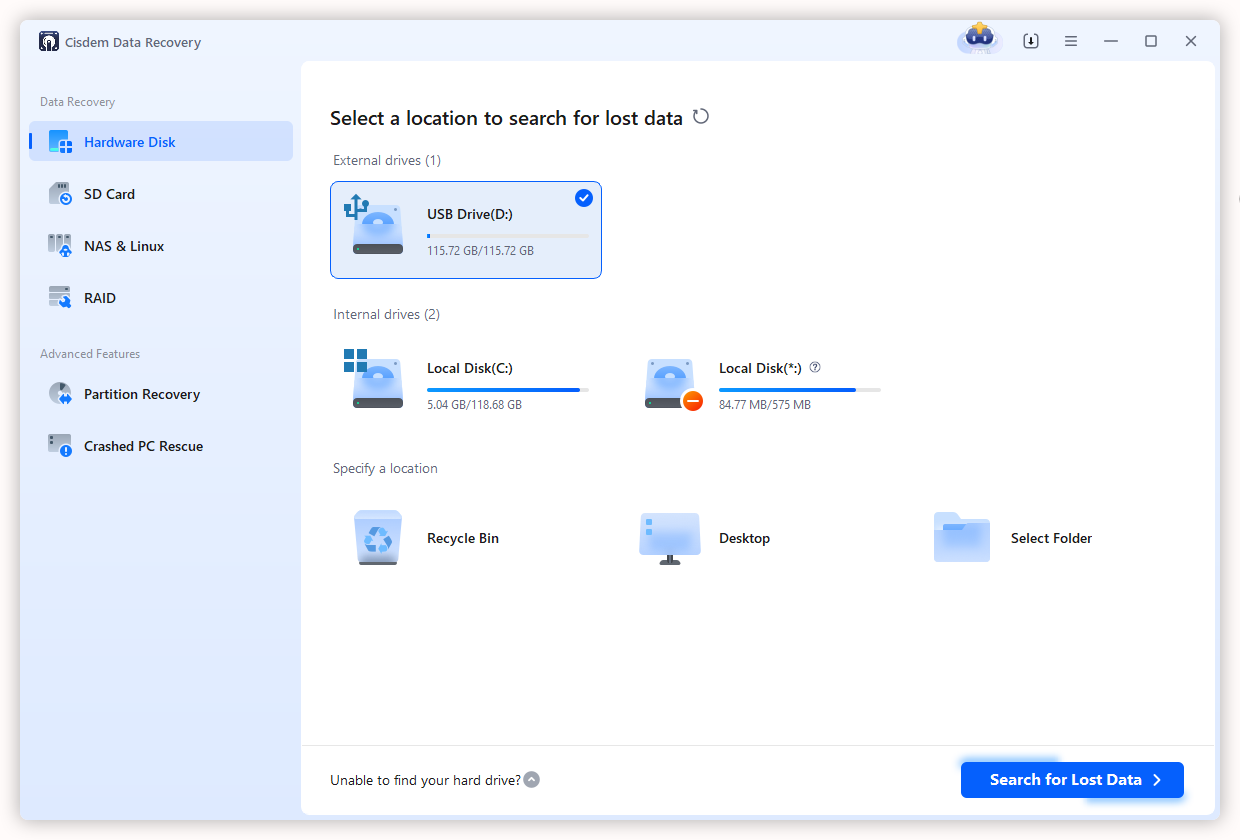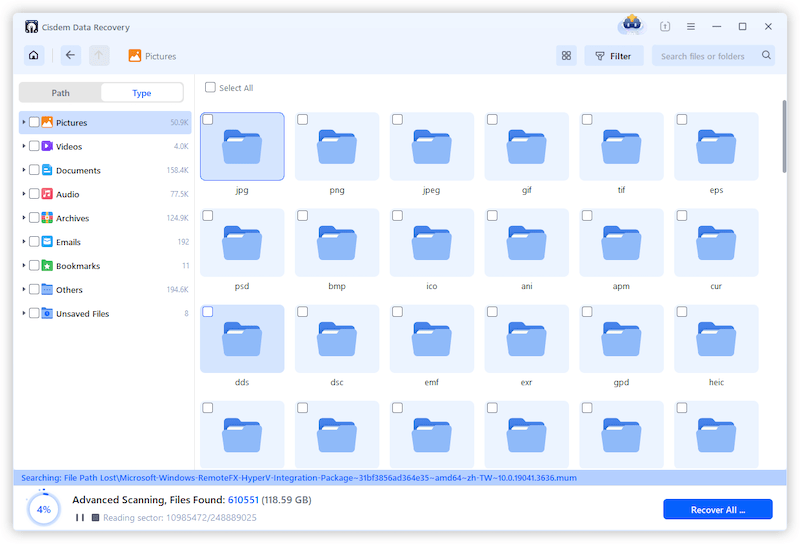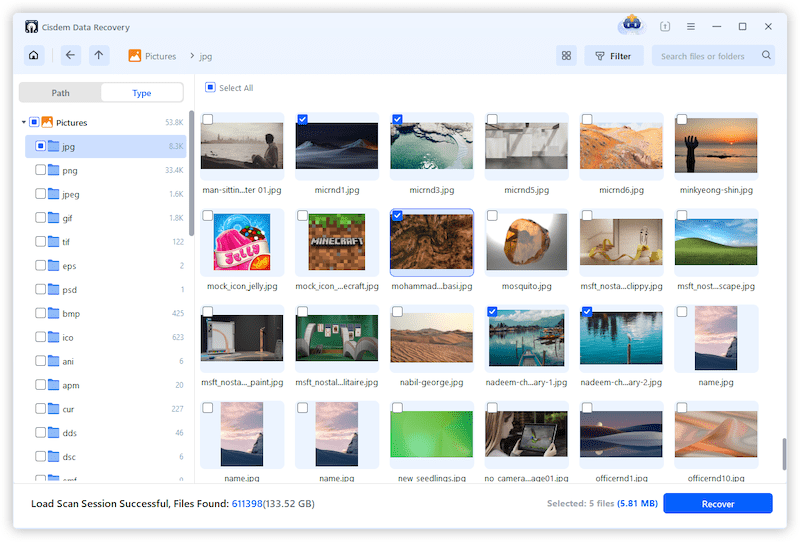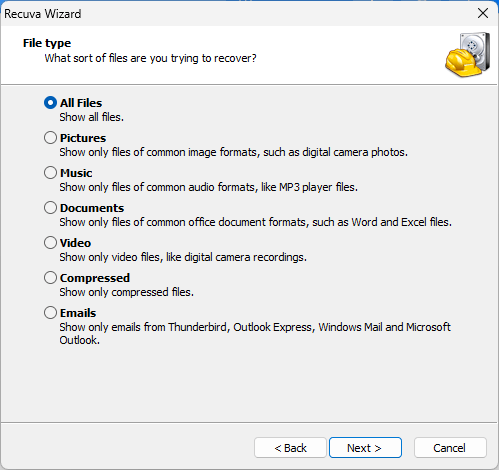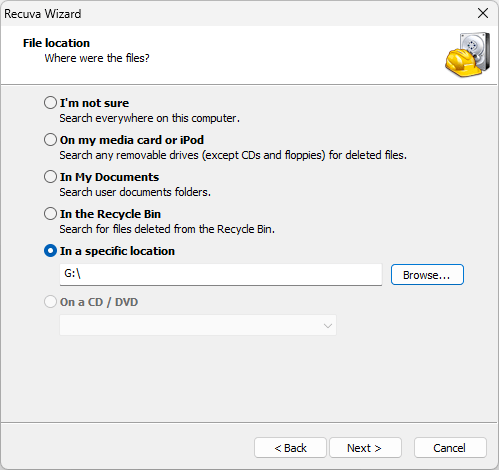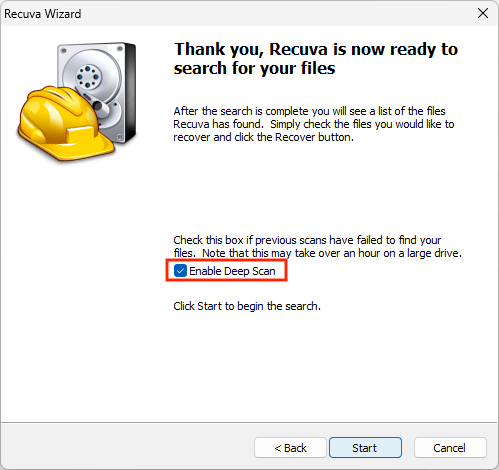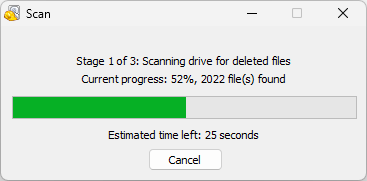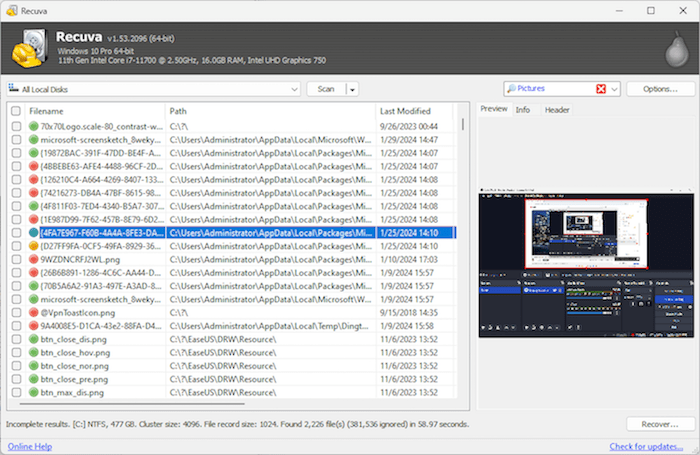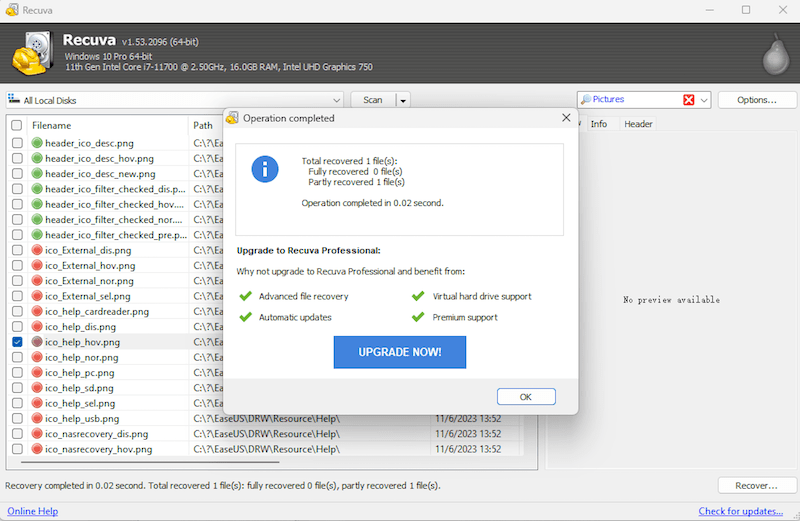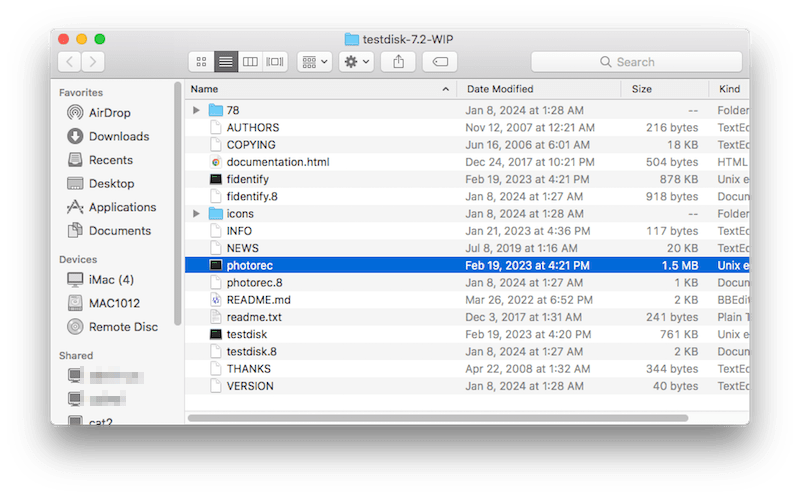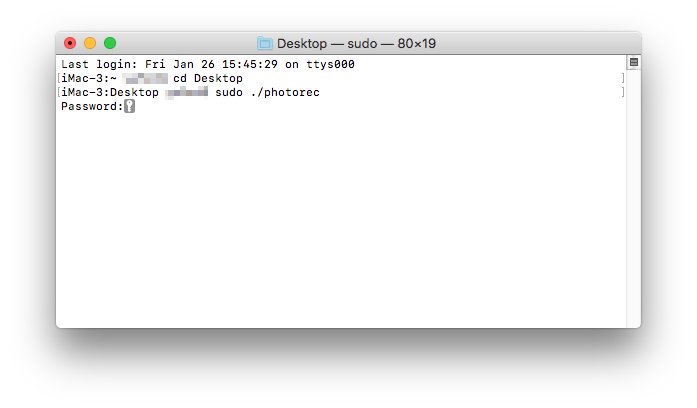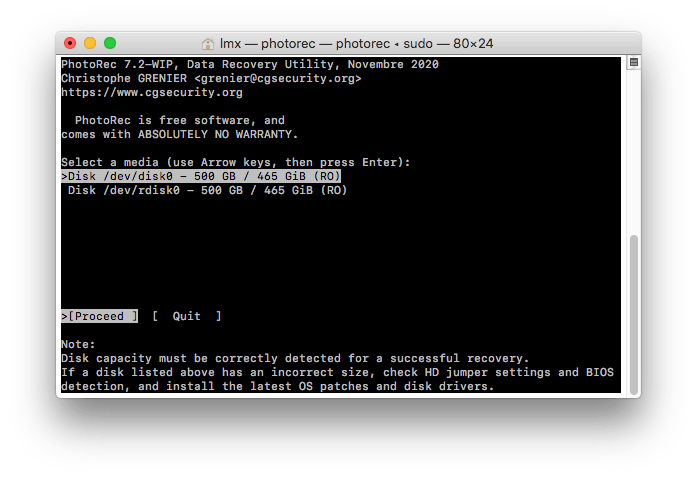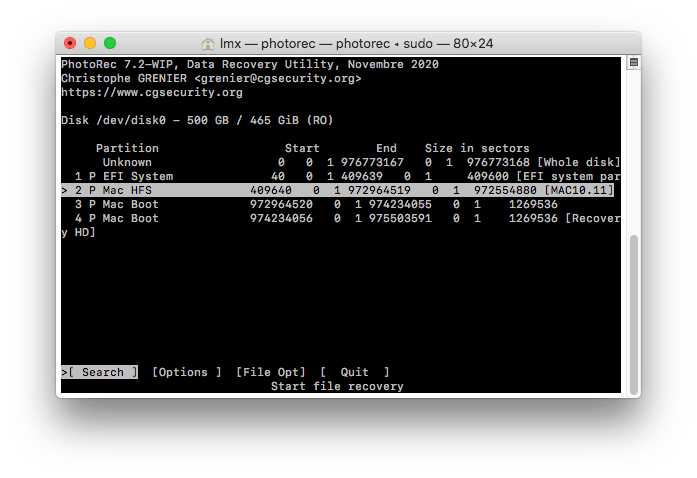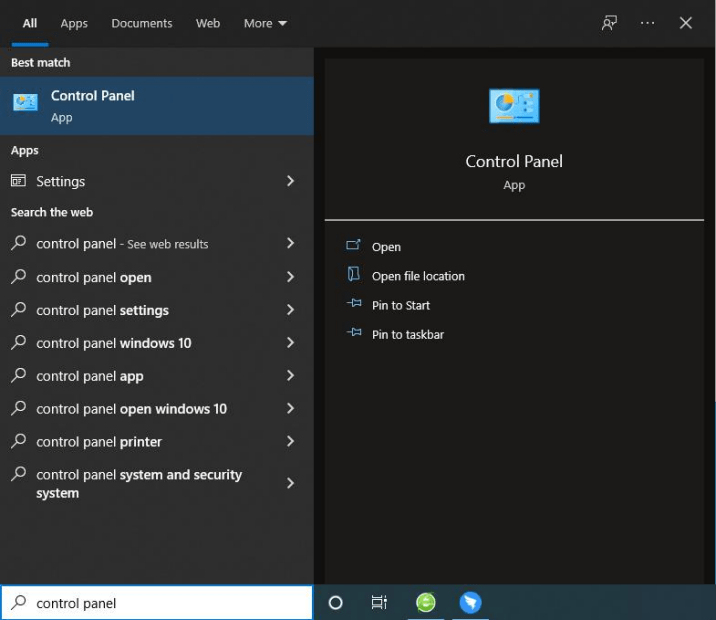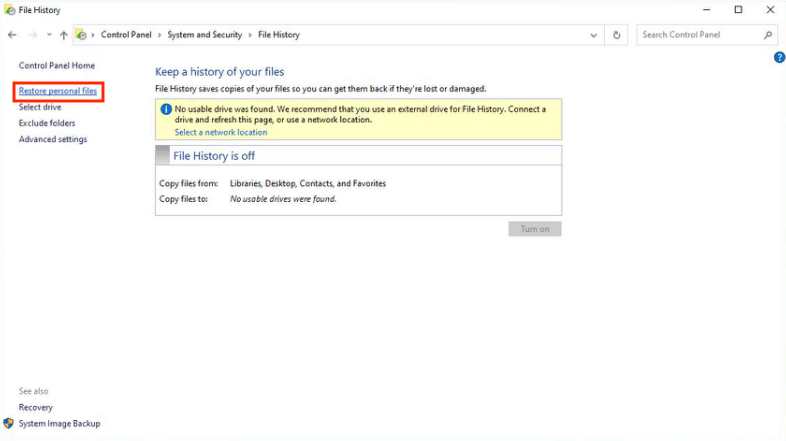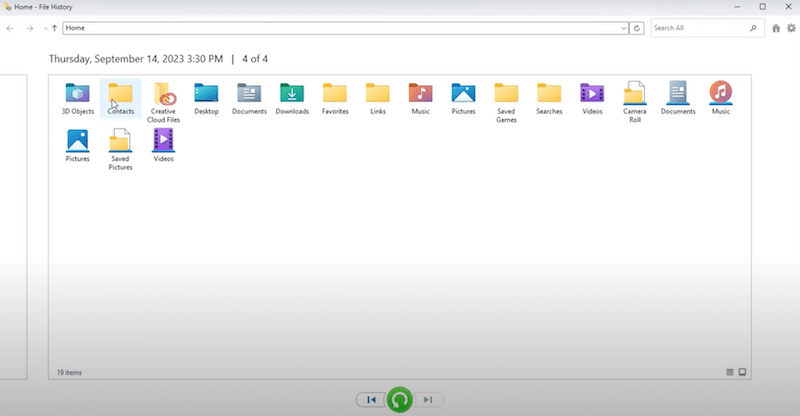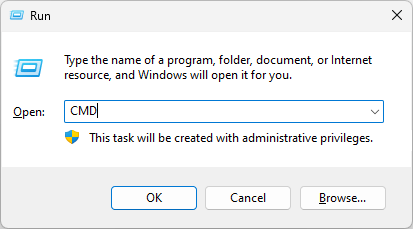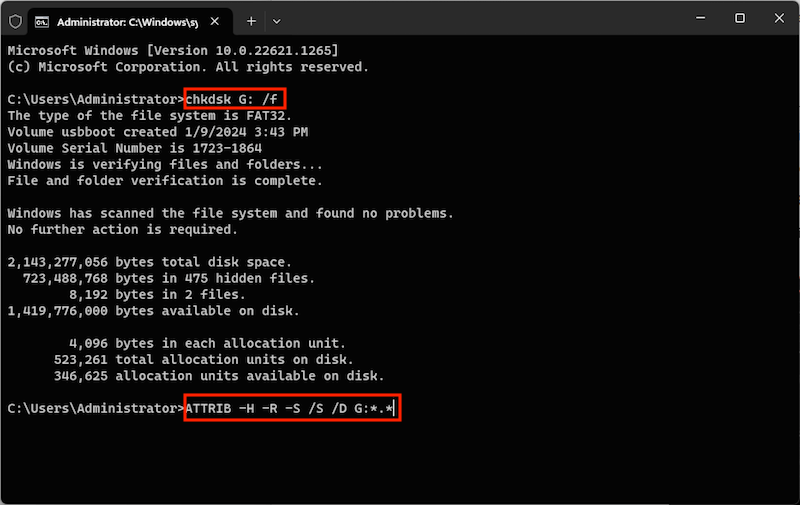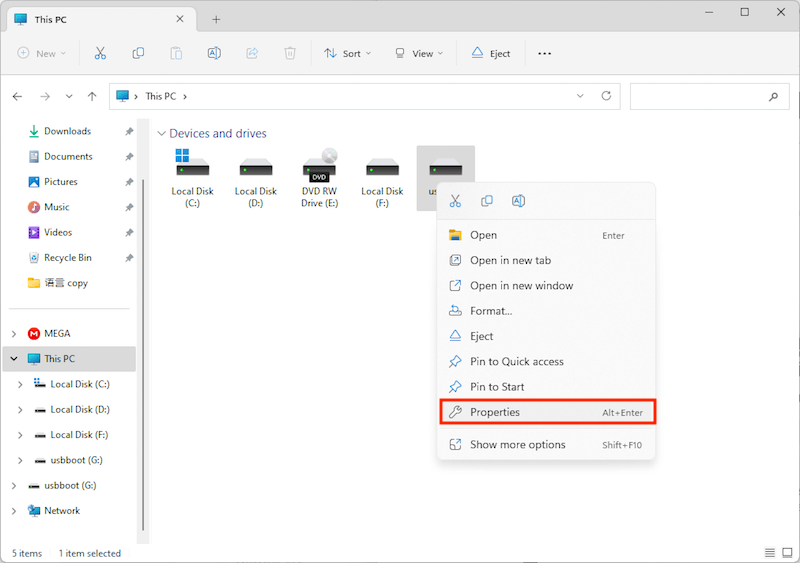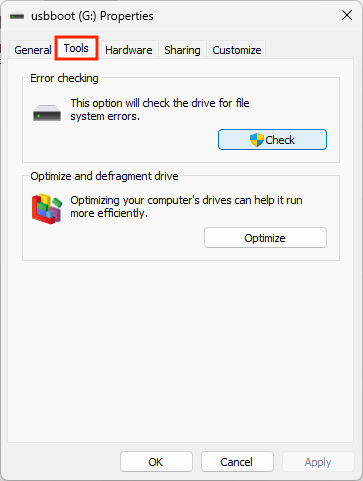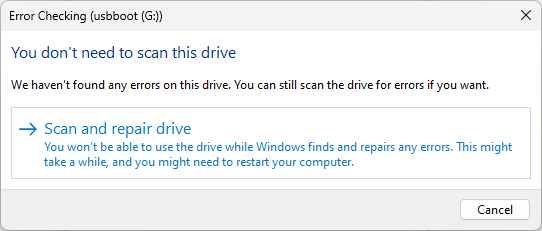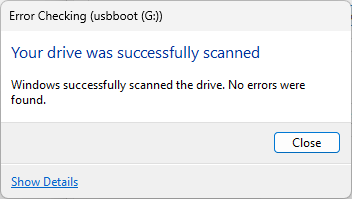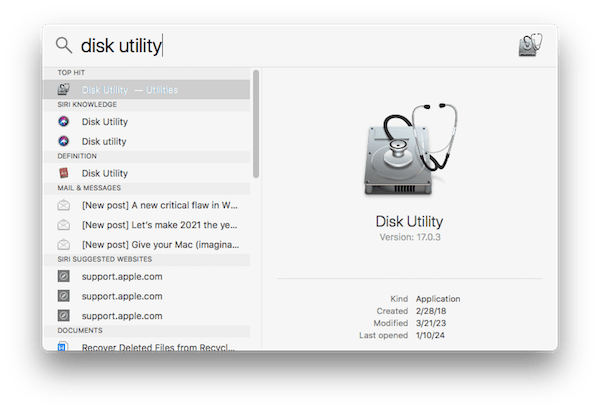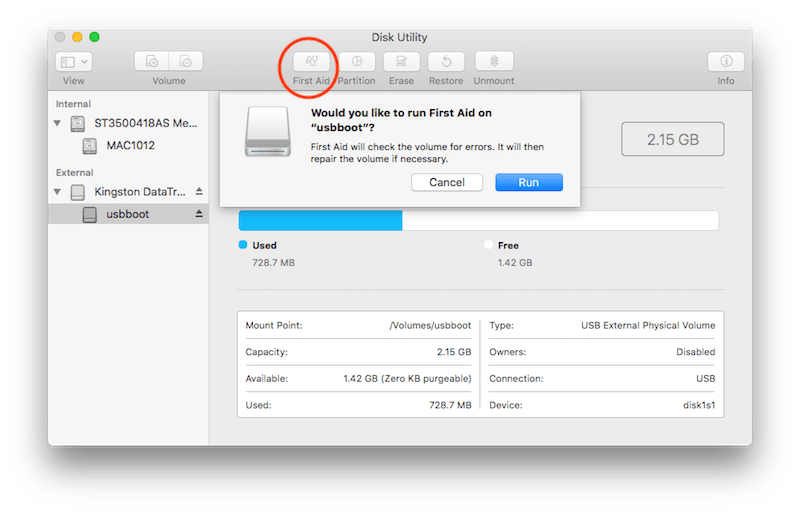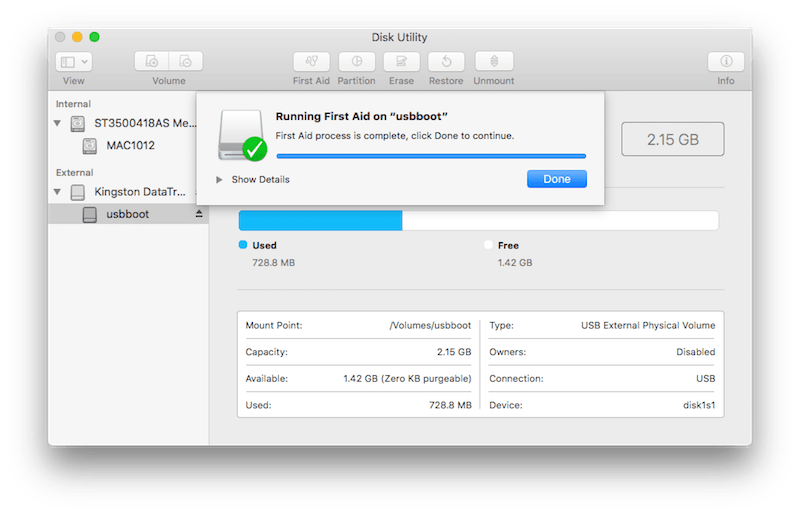7 Tips for Flash Drive Recovery (Free Software Included)
 1.6K
1.6K
 0
0
A USB flash drive is a small and ultra-portable storage device commonly used to transfer or store many kinds of files. Flash drives are often referred to pen drives, thumb drives, or jump drives. There are a bunch of reasons like accidental formatting or deletion, virus attack, electro-static discharge that can cause your vital data lost on flash drives. How to recover deleted or lost files from flash drives? Here are several solutions for performing flash drive recovery on Windows and Mac.
Best USB Flash Drive Recovery Software
Based on the editor’s experience, to recover data from USB flash drive, the most efficient solution that ensures the greatest success rate, is opting for a piece of professional flash drive data recovery software. But there are a plethora of flash drive recovery tools available on the current market. Which one can be trusted more? After performance tests for over 20 programs, Cisdem Data Recovery proves to be one of the best USB flash drive data recovery apps due to its remarkably high recovery rate, incredibly easy-to-use UI, and reliable scan algorithm.
With its exceptional support of storage devices, in addition to the required USB flash drive, Cisdem can also retrieve deleted, lost and formatted files from Windows/Mac internal hard drive or other external storage media like SD card, digital camera, camcorder, memory card, video player, etc.
Why is Cisdem the best USB recovery software?
- Recover 1000+ file types: document, photo, video, audio, archive, email...
- Support different data loss scenarios: deletion, formatting, partition loss, system crash, disk damage...
- Specific access to folders like Recycle Bin and Desktop
- Offer file filters to locate your target files quickly
- Quick scan and deep scan both applied to find most data
- Preview files before recovery
- Export or import the scanning results to skip rescanning
- Repair corrupted videos
- Support NAS/RAW/crashed PC recovery
How to recover deleted/lost files from flash drive?
- Connect the flash drive where you lost files to your Windows PC or Mac.
- Download, install and open the best flash drive recovery program on the computer.
 Free Download Windows 11/10/8/7
Free Download Windows 11/10/8/7  Free Download macOS 10.15 or later
Free Download macOS 10.15 or later - Choose Hardware Disk > select your USB flash drive > click Search for Lost Data.
![flash drive recovery with cisdem 01]()
- During or after scanning, locate the files you want to recover by figuring out the file types or searching keywords in the search box.
![flash drive recovery with cisdem 02]()
- Double click them to have a preview. Select the wanted files and click Recover to get them back. If you need to recover all the flash drive data, just tick “Select All” before recovery.
![flash drive recovery with cisdem 03]()
Free Flash Drive Recovery Software
Second only to Cisdem Data Recovery, other two USB flash drive data recovery tools deserve to be mentioned as well. One of their obvious advantages is being free to use. Though the free flash drive recovery software can’t guarantee a recovery rate as high as Cisdem, they’re safe and secure to try. Let’s explore the finer details.
1# Recuva
Developed by Piriform, Recuva is a supremely user-friendly flash drive data recovery program. It offers wizard and advanced mode to recover files lost from your flash drives or other devices. Having paid version though, Recuva’s free version has done well in data recovery process. But please note that only Windows users can benefit from Recuva, as it doesn’t work on Mac computer yet.
How to use free flash drive recovery software - Recuva?
- Insert your USB drive into Windows PC.
- Download and install Recuva on your PC.
- Launch it to choose the file type you wish to recover > click Next.
![flash drive recovery with recuva 01]()
- Click Browse button to select your flash drive to scan.
![flash drive recovery with recuva 02]()
- It’s suggested to tick the Enable Deep Scan option. Then click Start to begin the search.
![flash drive recovery with recuva 03]()
- Wait for the scanning to finish.
![flash drive recovery with recuva 04]()
- Run over the scan results to find the files that you need.
![flash drive recovery with recuva 05]()
- Select them and click Recover to restore files from your USB flash drive.
![flash drive recovery with recuva 06]()
2# PhotoRec
Being free and open-source, the famous PhotoRec is known as a multi-platform data recovery application compatible with Windows, macOS, Linux, etc. PhotoRec ignores the file system and goes after the underlying data, so it will still work even if your flash drive’s file system has been damaged or reformatted. Since no graphical interface available, this tool needs command lines to achieve a flash drive recovery, which is not friendly to novices.
How to do USB flash drive recovery free with PhotoRec? (macOS exampled)
- Connect the flash drive with your computer.
- Download PhotoRec from its official site.
- Decompress the downloaded archive on desktop.
![flash drive recovery with photorec 01]()
- Open Terminal > input cd Desktop and sudo ./photorec > enter password to run PhotoRec.
![flash drive recovery with photorec 02]()
- Choose your USB from the media list > Proceed > Press Enter.
![flash drive recovery with photorec 03]()
- Select the corresponding partition > Search > press Enter to continue.
![flash drive recovery with photorec 04]()
- Pick a destination location to save the files recovered by PhotoRec.
- Press C to begin the USB flash drive recovery. After done, check your files in the destination folder.
USB Flash Drive Recovery Free Without Software
Don’t trust flash drive data recovery software that much? Here are 2 other FREE ways to recover data from flash drive without software, while they are only feasible under given conditions. Read on to see if there’s any solution suitable for your case.
Option 1. Recover deleted files from flash drive with File History
The editor should make it clear that Windows File History can’t directly back up the files stored in external devices like USB flash drive. When enabled properly, File History will automatically back up PC system data: Desktop, Documents, Downloads, Music, Pictures, Videos folders and more. The good news is that if you’ve ever transferred the flash drive data into these folders even temporarily, it’s possible to get back your lost files. Follow up the steps below.
- Open Control Panel on your Windows.
![flash drive recovery with file history 01]()
- Go to System & Security > File History > Restore personal files.
![flash drive recovery with file history 02]()
- Look for the files lost from your flash drive > click the green rotation icon to recover them back.
![flash drive recovery with file history 03]()
Option 2. Recover data from flash drive using CMD
Another approach to perform free flash data recovery is to utilize command lines in Windows Command Prompt. This only works on troubleshooting a corrupted USB drive caused by virus and restoring hidden files from it. If you can handle command-line operations well, head over to try this option.
- Connect your flash drive to the computer.
- Press Windows+R to open Windows Explorer > type CMD > click OK.
![flash drive recovery with cmd 01]()
- Input chkdsk G: /f (replace G with your own flash drive letter) > hit Enter.
- Continue to type ATTRIB -H -R -S /S /D G:*.* (replace G with your flash drive letter) > hit Enter.
![flash drive recovery with cmd 02]()
- Exit CMD and check the USB flash drive for recovered files.
Broken Flash Drive Recovery
Corruption could be a major factor leading to data loss of a flash drive when there is no unprepared deletion or formatting. If your USB flash drive gets damaged, files saved inside it will disappear easily. Then it’s time to repair the corruption issue and regain those lost data. How to fix corrupted USB flash drive? In this section 2 basic drive repair tools for Windows and macOS respectively will be introduced, helping to recover lost data from a broken flash drive.
Windows: Repair flash drive with Check utility
- Connect your USB flash stick with the PC.
- Go to This PC > right-click on your flash drive > select Properties.
![fix flash drive windows 01]()
- Choose Tools tab > Check under Error checking part.
![fix flash drive windows 02]()
- Click “Scan and repair drive” to start the error checking of your flash drive.
![fix flash drive windows 03]()
- After scanning successfully, verify if your lost files show up again on the flash drive.
![fix flash drive windows 04]()
Mac: Repair flash drive by First Aid
- Insert the corrupted flash drive into your Mac.
- Open Disk Utility through Spotlight.
![fix flash drive mac 01]()
- Select your flash drive from the disk list > click First Aid > Run.
![fix flash drive mac 02]()
- First Aid will check your flash drive for errors and repair it if necessary. Then click Done to finish the broken flash drive recovery.
![fix flash drive mac 03]()
Conclusion
In a nutshell, all lost data could be simply restored as long as they haven’t been overwritten. No obstacles will be met by using above amazing flash drive recovery tools when it comes to recovering deleted or lost files from USB flash drive. Or if you have more good ideas about dealing with flash drive recovery, you’re welcomed to share them in the comment.

Zoey shows a great interest in what she does. Although not long with Cisdem, she has possessed a professional understanding of data recovery.

JK Tam is the lead developer at Cisdem, bringing over two decades of hands-on experience in cross-platform software development to the editorial team. He is now the lead technical approver for all articles related to Data Recovery and DVD Burner.




